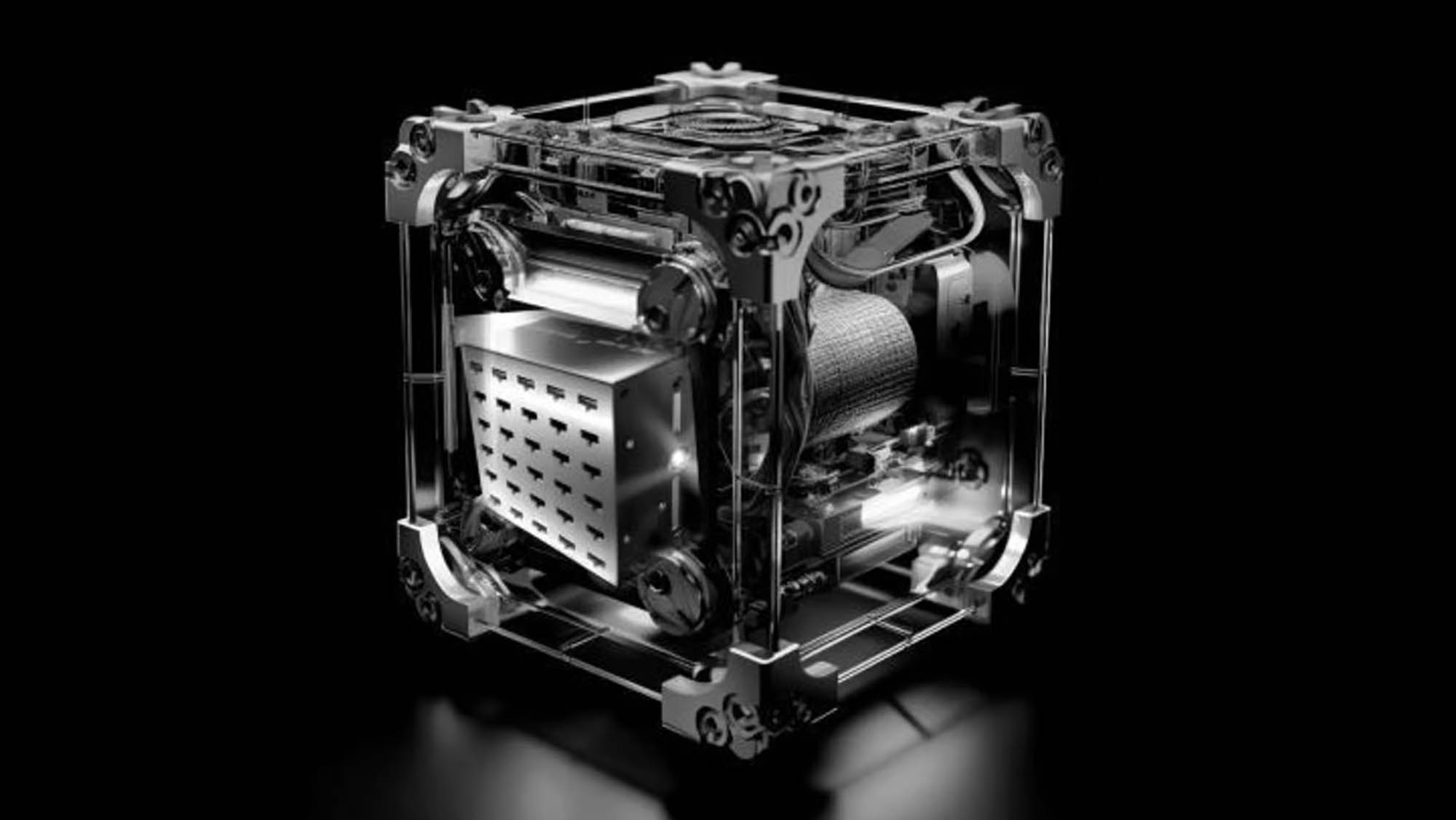04/07/2024 10:35
Updated on 04/07/2024 at 10:35
In 1964, the Soviet Union sent a space probe Zone 2 With the aim of flying over Mars, studying the planet, and testing navigation and communications technologies for future interplanetary missions. Although the mission was not successful and could not be completed successfully due to the loss of all communications approximately six months later, it is still remembered. Experimental ion defenses Which he wore to control the situation.
These thrusters are known as thrusters Pulsed plasmaBecause of its simplicity, it presented a design that was deceptive at first glance: a tube consisting of a cathode and an anode with a Teflon plug at one end. When an electric arc occurred between them, the Teflon partially evaporated, generating a slight thrust. Although pulsed plasma engines never achieved the desired success, their simple and powerful design caught the attention of engineers on several occasions. NASA, for example, experimented with it on the Earth Observation 1 mission in 2000.
Nuclear fusion activates pulsed plasma engines
Without the new approach brought to the design by the US Air Force Research Laboratory (AFRL) and its commercial collaborators, all of this would have gone unnoticed in the history of space exploration. AFRL scientists and engineers decided to incorporate what is known as Non-electronic nuclear fusion.
Mention of a space engine using nuclear fusion sounds like the kind of breakthrough that could catapult someone to a Nobel Prize almost instantly. However, in this case, it is different from traditional fusion projects designed for generation Huge amounts of energy By fusing hydrogen into helium. The latter usually requires massive installations using giant magnets and lasers.
What RocketStar does involves using water as its propellant M1.5 Firestar DriveIt is an improvement of the pulsed plasma engine using nuclear fusion. In this process, Water mixes with boron To be used as a propellant.
When the mixture of boron and water is removed, the water molecules decompose, High-speed proton release. These protons collide with boron atoms, fusing with them to form a highly unstable carbon molecule known as Carbon 12. This molecule decays almost immediately into alpha particles and a beryllium nucleus, which in turn rapidly decays into more alpha particles.
The result is kind of… Burning effect in it The energy released increases thrust by half. Additionally, by combining boron and water, the need for a boron mineral screen is eliminated.
The first mission of the FireStar engine
“We are excited about the results of our initial tests on an idea our team has been exploring for some time,” he says. Chris Craddock, CEO of RocketStar. “On a napkin during a conference in Florida, I sketched this idea and described it to Louis Faller, the founder of Milesspace. He was very insightful in developing both the core engine and the fusion upgrade. We acquired Milesspace and Faller is now our CTO. “So, I’m excited to take our already impressive engine to the next level through the merger, with notable performance improvements.”
FireStar Drive is expected to be used in… July and October From this year on Special missions OTV ION satellite holder (Orbital Transfer Vehicle) owned by D-Orbit, which specializes in space launch and transportation services. These missions involve launching multiple satellites into orbit using an Orbital Transfer Vehicle (OTV) developed by D-Orbit called the “ION Satellite Carrier.”
This OTV acts as a launch and transfer platform for satellites, allowing them to be deployed in specific orbits and facilitating precise separation and deployment maneuvers. These missions are typically used to efficiently deliver small satellites to low Earth orbits (LEO) or other specific orbits based on customer requirements.





